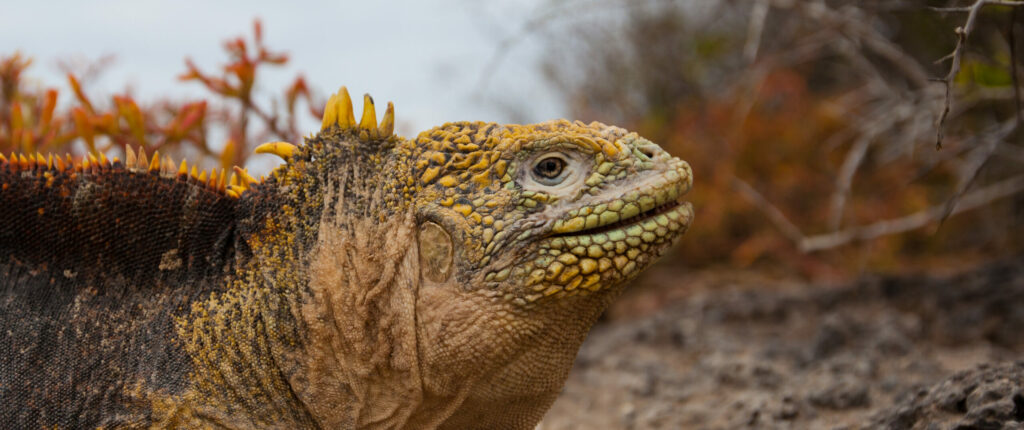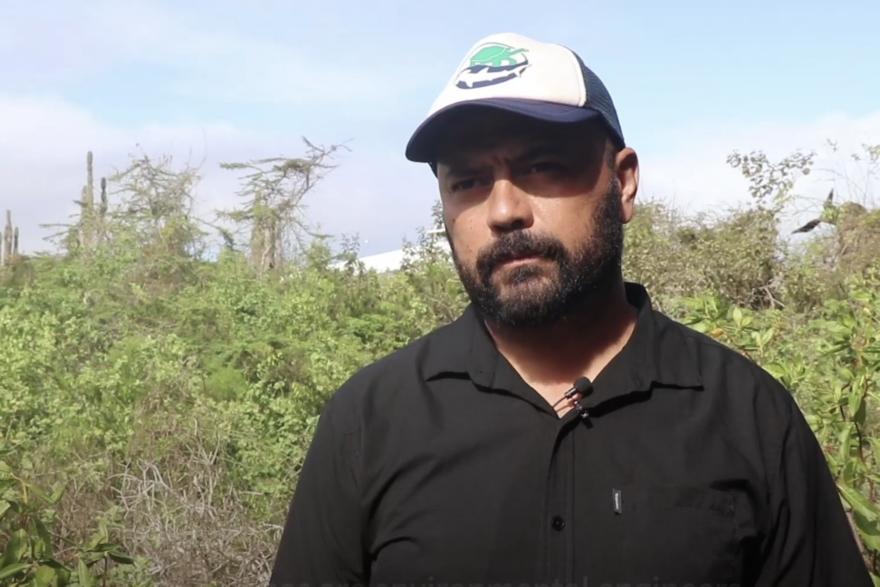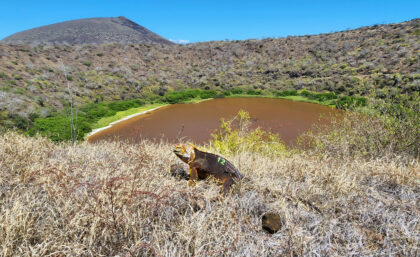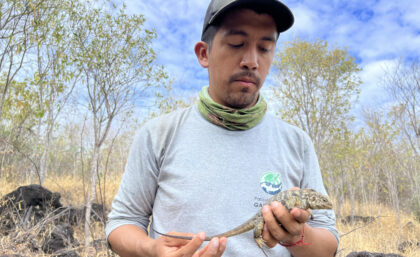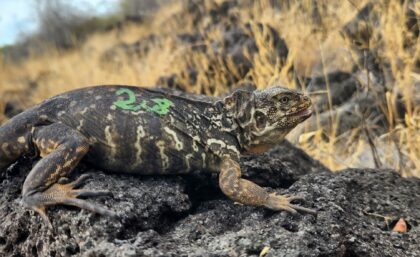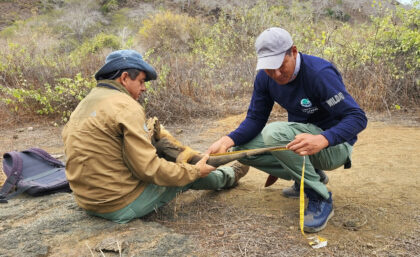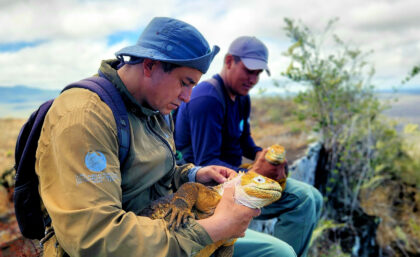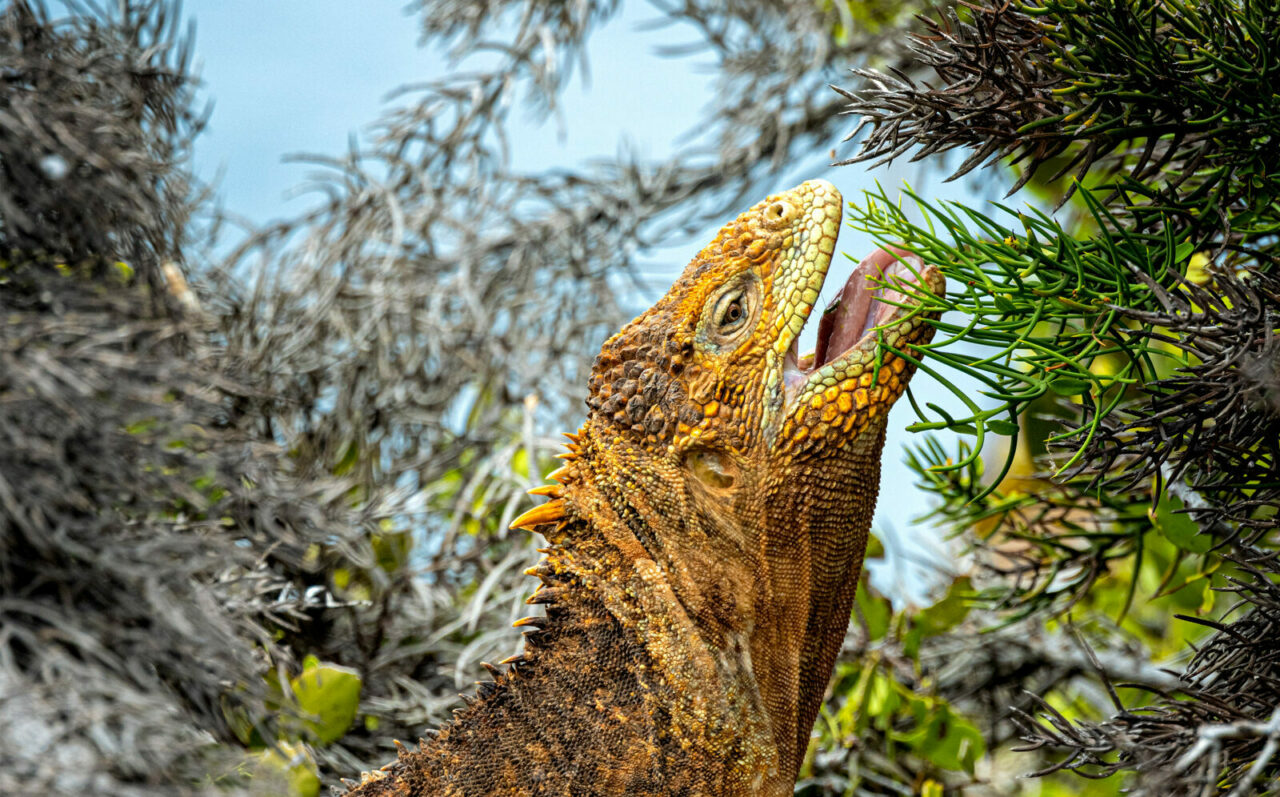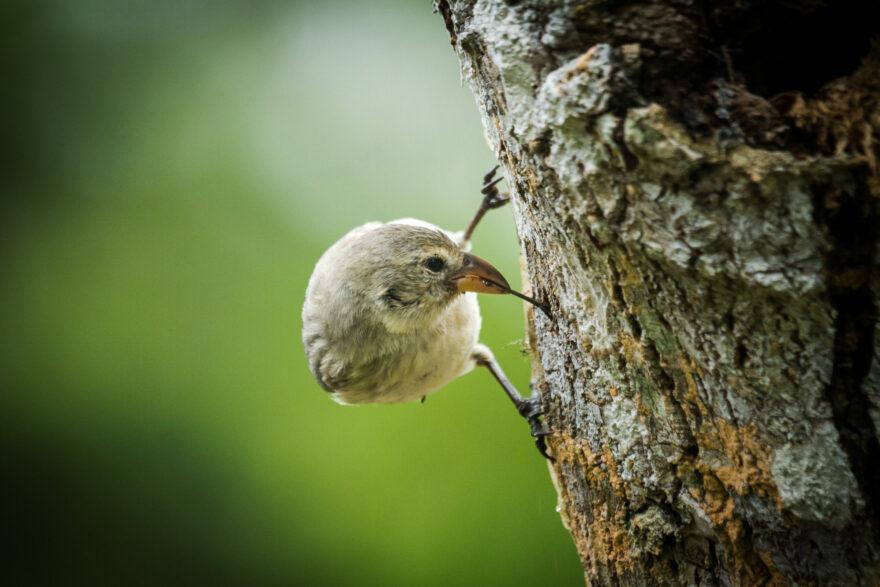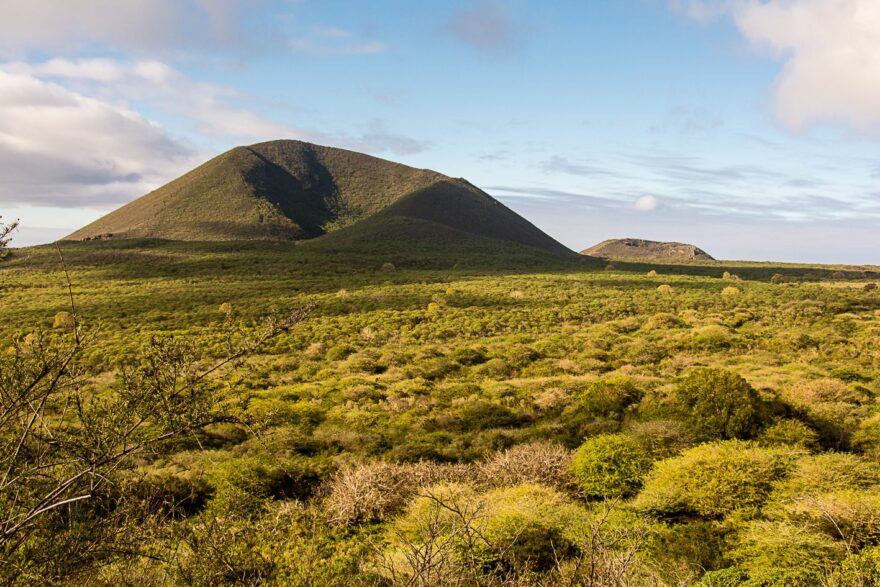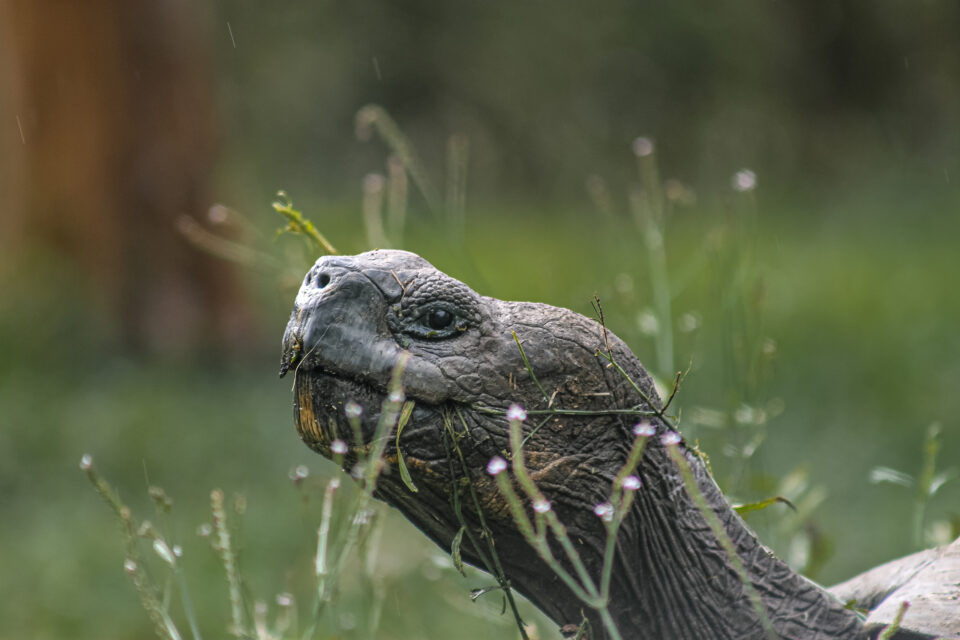
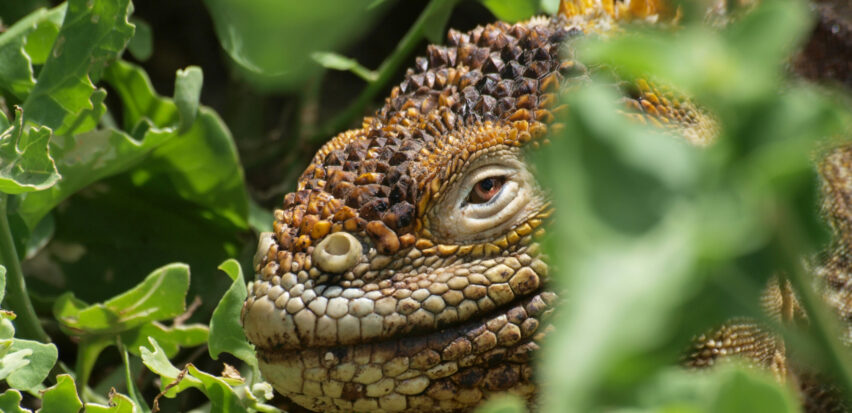
Overview
The Galapagos land iguana is one of three species of land iguana found in Galapagos. This large yellow lizard inhabits the arid zone across a number of the islands but went extinct on Santiago island in the early 20th century.
Project Partners





The story so far
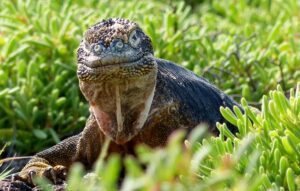
7
major islands where Galapagos land iguanas are endemic
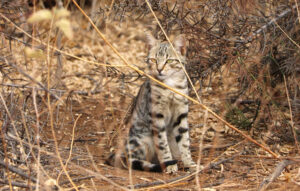
9
of 12 populations suffer from feral cat predation
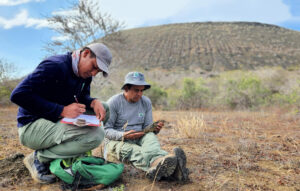
2.5 k
iguanas were released on Santiago in 2019
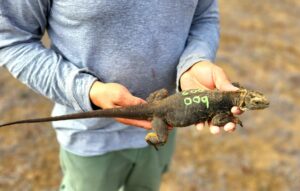
187
years after extinction, land iguanas began breeding again on Santiago
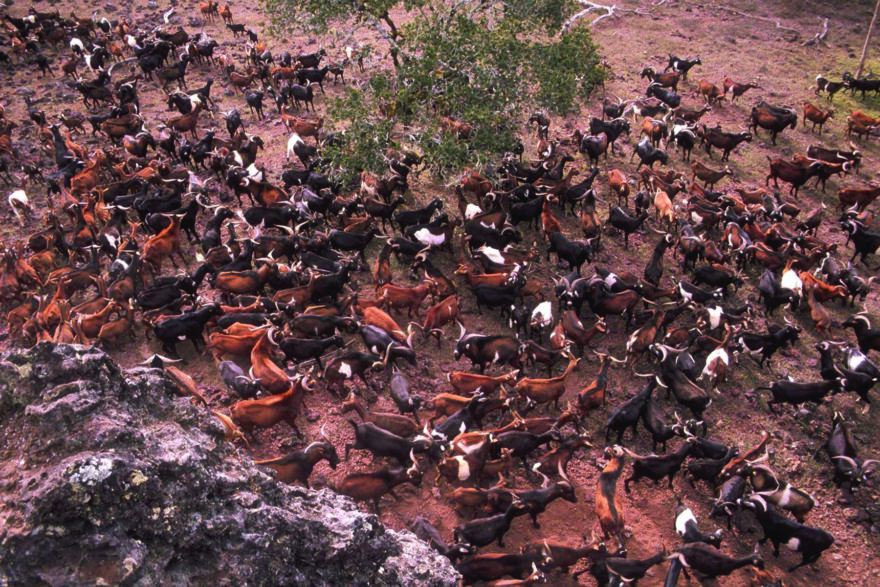
The problem
The Galapagos land iguana (Conolophus subcristatus) is currently classified on the IUCN Red List as Vulnerable, but this status has not been reviewed since 1996. They had been extinct on Santiago island since the early 20th century, which is thought to have been due to introduced animals such as feral cats and goats (which have now been removed from the island). These introduced animals continue to cause decreases in land iguana populations on other islands through competition for food and predation of eggs and juveniles. This has been exacerbated by the fact that the land iguanas have an ageing population and 80% of the population have limited reproductive success.
How we’re tackling it
By tagging individual land iguanas, the team, led by Dr Luis Ortiz-Catedral, gathered as much data as possible to assess the current population size and health status across Fernandina, Isabela and Santa Cruz islands. This provided the information needed to reintroduce land iguanas to Santiago island, and in 2019 the Galapagos National Park and Island Conservation released 2,500 land iguanas on Santiago.
The reintroduction aimed to boost the survival of Galapagos land iguanas, but also to help restore Santiago’s ecological health. The land iguanas were translocated from North Seymour island where there are over 5,000 individuals, a substantial population for an island this size, which has led to a reduction in the island’s flora.
In 2022 experts from Galapagos National Park and scientific advisors returned to Santiago, three years after releasing 2,500 iguanas on the island. The team were delighted to find breeding taking place and new juvenile iguanas, of various ages, on the island, showing that the species was reproducing successfully. The island has already begun to show positive changes due to the reintroduction, with the iguanas opening up paths, removing soil and dispersing seeds. Changes in population dynamics have created greater food availability for other species, and the reintroduction has been deemed such a success that other endemic species such as Galapagos hawks are likely to return in the next few years.

This is a major conservation achievement, and strengthens our hopes of restoring islands that have been severely affected by introduced species.
Photo gallery
Click on an image to view larger
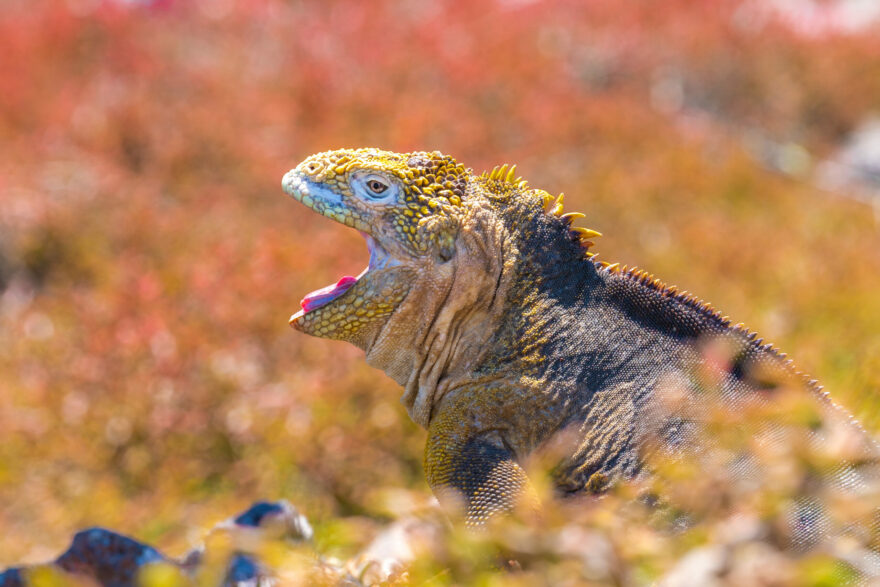
Project goals
Luis Ortiz-Catedral, from Massey University, and the Galapagos National Park will now continue to monitor the individuals released onto Santiago to ensure that the population thrives. The next phase of the project is an Archipelago-wide land iguana survey/census in Galapagos. This census plans to investigate the health and key threats to the population at a multi–island level, including some additional sites that have not been assessed before such as Fernandina and Volcán Ecuador on Isabela.
Project updates

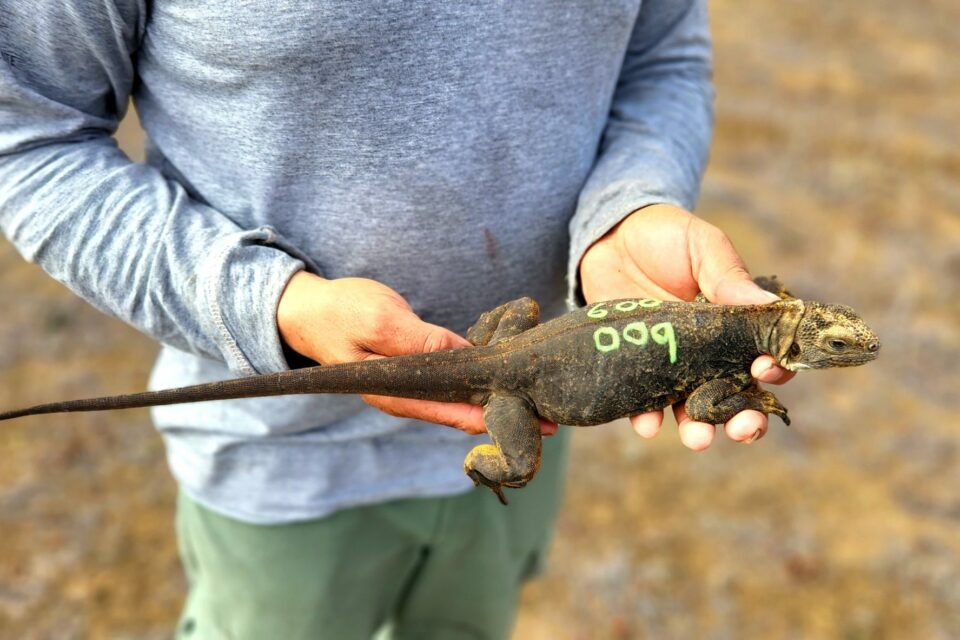
Conservation success: Reintroduced land iguanas breed on Santiago island
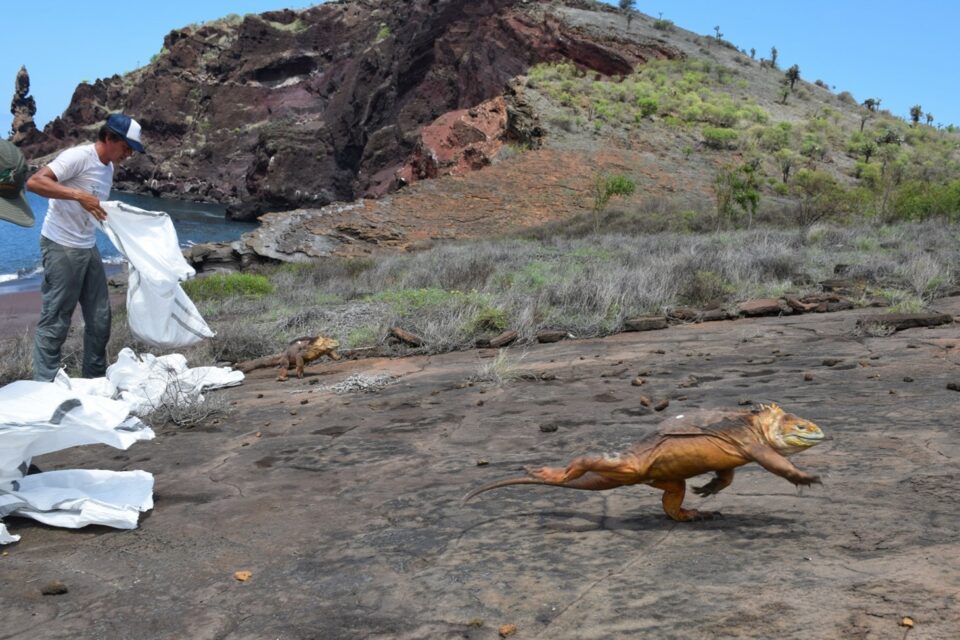
Reintroducing land iguanas to Santiago island: an update
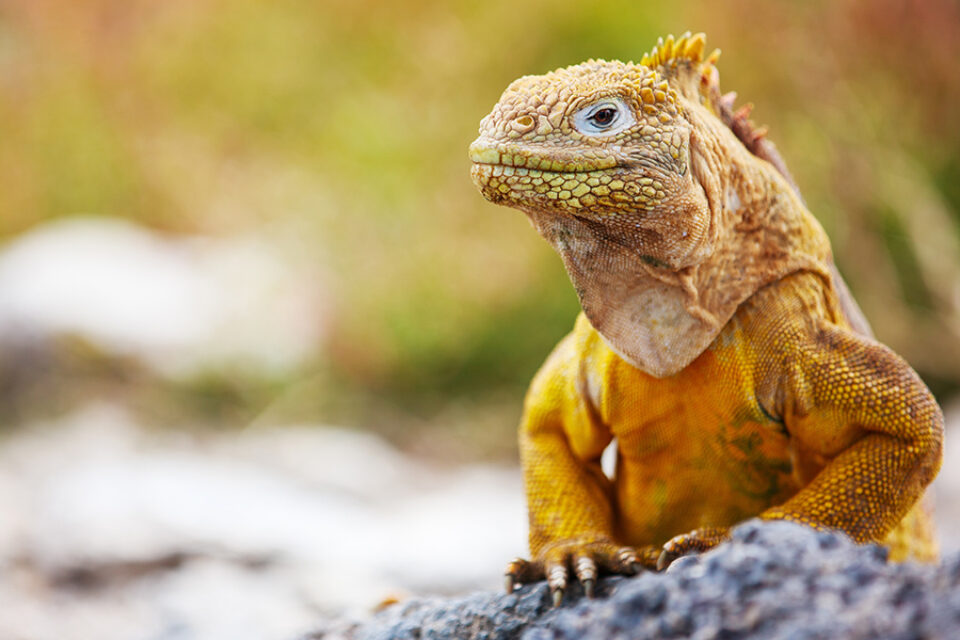
Welcome to the hybrid zone
How you can help
With your help, we can safeguard the future of these Enchanted Isles.
